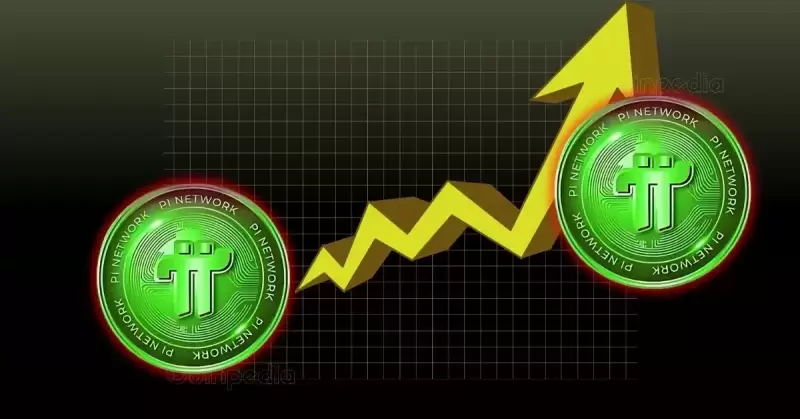The swirling tempest of trade tariffs has once again drawn the world's gaze to the financial battlefield.

The swirling tempest of trade tariffs has once again drawn the world’s gaze to the financial battlefield. With President Trump’s fiery announcement of tariffs on Chinese imports looming like a shadow, global markets have been set reeling. Yet, amidst this dizzying dance, Bitcoin has momentarily appeared as a calm sentinel, standing tall as traditional markets quiver. But the reality beneath the surface is more intricate.
As the storm clouds of tariffs gather, speculation about their far-reaching effects has reached a fever pitch. The U.S. and China—the titans of trade—are on a collision course that could fundamentally reshape the global economic landscape. In this maelstrom, Bitcoin’s fervent supporters envision it as a digital harbor in the tumultuous seas stirred by tariffs. They chart a scenario where inflation surges and the mighty U.S. dollar stumbles, offering Bitcoin a golden chance to shine.
This narrative is spun from Bitcoin’s unique fabric. Unlike fiat currencies that are tethered to governments and can be devalued, Bitcoin thrives on its decentralization. Like gold, its total supply is limited—a quality some hope can shield it from the inflationary tides. However, history has shown this resilience to be more theoretical than proven. When inflation surged to historic highs in 2022, Bitcoin’s performance mirrored tech stocks, plummeting dramatically and shattering the illusion of reliability.
But today’s landscape is different. Now, Bitcoin is more easily accessible and is gaining broader adoption. Investors who once viewed it as an enigma are now considering it a viable addition to their investment mix. The evolving narrative of Bitcoin is further attested by a U.S. administration that is paradoxically nurturing crypto-friendly initiatives even as it pushes aggressive trade policies. Strategic reserves and key appointments suggest an undercurrent of support for digital assets.
However, every coin has two sides, and Bitcoin’s path is fraught with potential pitfalls. The specter of a global recession looms ever larger—a force that could knead Bitcoin’s already volatile price into turmoil. Bitcoin’s historical patterns illustrate its vulnerability during economic contractions, and high-profile warnings from financial stalwarts like BlackRock and JPMorgan Chase add weight to these concerns.
Furthermore, the practical impact of tariffs on the crypto ecosystem cannot be easily disregarded. The gears of Bitcoin mining—the very mechanism that keeps the network alive—could slow down. As equipment costs rise due to import levies, U.S. miners may be forced to reduce activity or seek lower-cost alternatives in other countries, ultimately influencing both the price and security of the network.
Amidst this uncertainty, the aspiration to discover a market-proof asset remains a constant. Bitcoin, while touted as a contender, is not without its risks, and the geopolitical landscape adds layers of complexity to its perceived stability. For those considering Bitcoin as a refuge in the unfolding trade war, the takeaway is clear: maintain a diversified portfolio and a long-term vision. Bitcoin’s future hangs on the precipice of possibility, but the path forward is anything but certain. Its role in this unfolding drama remains to be seen, as new chapters continue to be written in the evolving saga of global finance.
Disclaimer:info@kdj.com
The information provided is not trading advice. kdj.com does not assume any responsibility for any investments made based on the information provided in this article. Cryptocurrencies are highly volatile and it is highly recommended that you invest with caution after thorough research!
If you believe that the content used on this website infringes your copyright, please contact us immediately (info@kdj.com) and we will delete it promptly.












































































